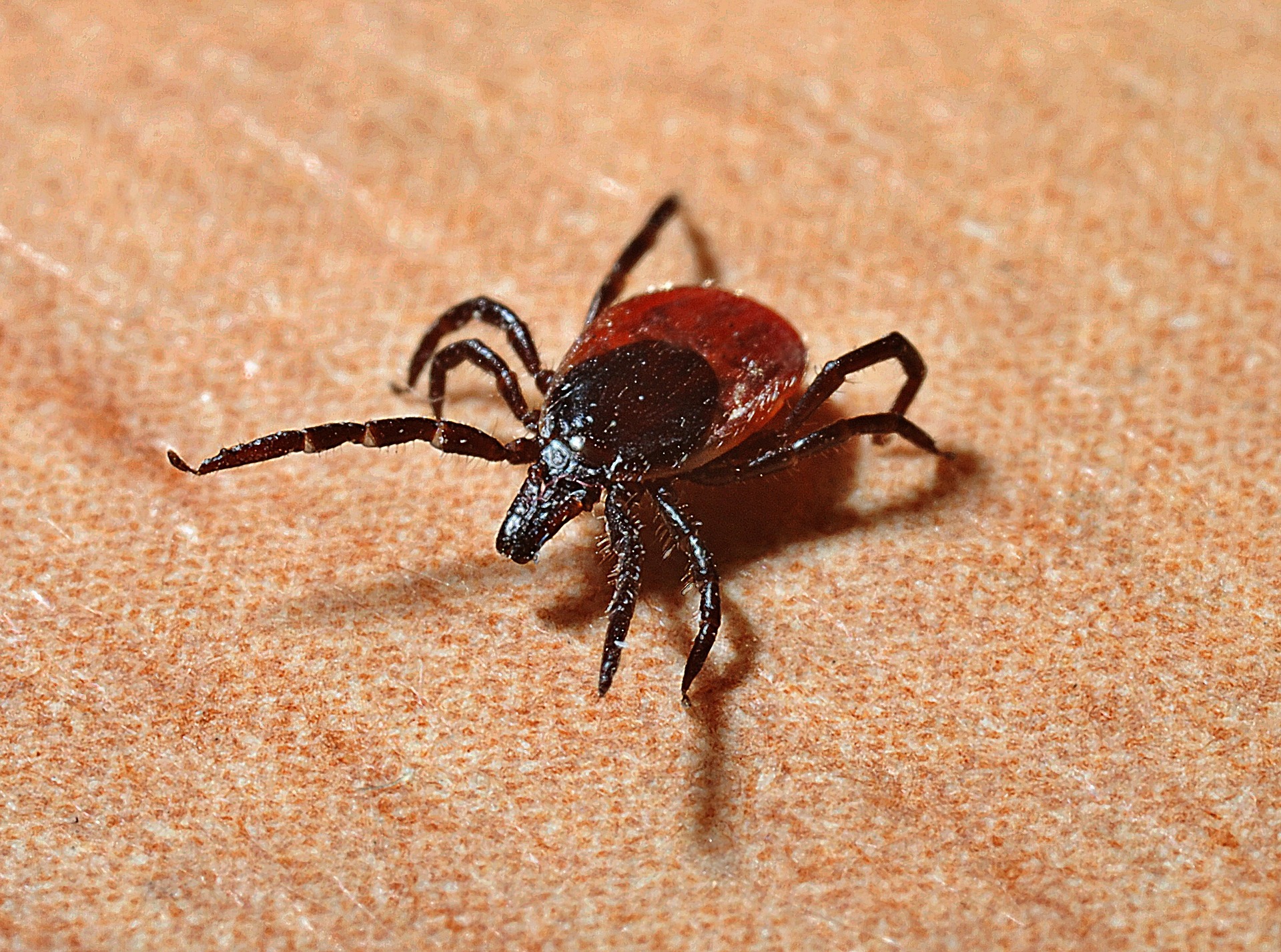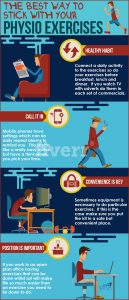
Approximately 300,000 Americans are diagnosed with lyme disease each year. According to the Centers for Disease Control and Prevention, lyme disease is caused by the bacterium Borrelia burgdorferi and is transmitted to humans through the bite of an infected blacklegged tick. If you are someone who has been diagnosed with lyme disease, you may feel frustrated by the onslaught of physical pain. Fortunately there are a few options available to help you cope with and adjust to the disease.
Know your treatment options
Because there are over 100 different symptoms for lyme disease, it is often hard to detect. Many times the disease is misdiagnosed, with the symptoms ranging from mild to severe. As time passes the disease can become more debilitating which is why it is important that you familiarize yourself with the symptoms. Those who catch the disease in the early stages can be administered a quick antibiotic treatment to eliminate the infection. A few months after treatment, some patients may have post lyme disease syndrome (PLDS) also known as chronic lyme disease, with which the symptoms such as fatigue, pain and joint and muscle aches return. If you suffer from chronic lyme disease, it can take months or even years before you begin to feel well again, but it is important that you consult with your doctor to discuss more treatment options.
Pain therapy
Unfortunately, physical pain is a common symptom in those suffering with lyme disease. Fatigue, muscle aches and cognitive dysfunction can interfere with your normal activities which can result in emotional distress. Joint pain and swelling can be treated by the use of prescription and over the counter pain relievers, however you may also want to consider using physical therapy to help minimize discomfort.
When looking for a physical therapist program, find someone who understands lyme disease and does not push you past your capability. With chronic lyme disease, some days will feel better than others, but it is important that on those days when you feel your best, not to push yourself too hard. Physically overexerting yourself will only lead to more pain, so be sure to not start a physical therapy routine until enough of the bacteria in your body has been eradicated.
Your therapist should start you out with an exercise routine that builds up slowly, such as stationary cycling, with the intention of getting your muscles and stamina back up to speed. While exercise and physical therapy will prove to be a great help, remember that the recovery process can be a bit of a rollercoaster ride. Always listen to your body and be especially cautious in times of stress in order to reduce flare-ups. Pain is stressful, so make sure your home is a stress-free oasis to help you relax and enjoy the good (and even the bad) days.
Get additional help
When living with lyme disease, there will be days when you have to deal with flare-ups that can keep you in bed for as long as a week. Although you may not be feeling well, there are still a few chores and errands that still need to be fulfilled. Chores like cooking and cleaning and running to the grocery store are out of the question for you when you are battling symptoms like joint swelling and fatigue. If you have a lot of housework to tend to and nobody else to help you with it, it’s not a bad idea to hire some outside help so that you don’t overextend yourself just by doing chores. This may not set you back as much as you think.
There is no doubt that living with lyme disease will be quite the adjustment for you, however you must remain patient with yourself and believe in your ability to recover. Take it easy, listen to your body and use all of the available options for help. Each day as you get stronger, coping with lyme disease will no longer seem like a debilitating task and your quality of life will return.











